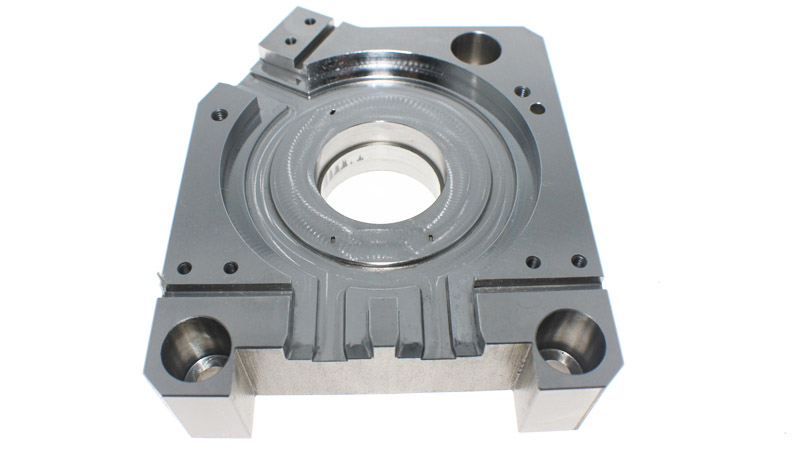According to the chemical composition of steel, it can be divided into two categories: carbon steel and alloy steel.
Carbon steel is divided into:
- Low carbon steel, carbon content less than 0.25%.
- Medium carbon steel, carbon content is 0.25%-0.6%.
- High carbon steel with carbon content greater than 0.6%.
Mild steel is carbon steel with a carbon content of less than 0.25%. Because of its low strength, low hardness and softness, it is also called mild steel. It includes most ordinary carbon structural steels and some high-quality carbon structural steels, most of which are used for engineering structural parts without heat treatment, and some are used for mechanical parts that require wear resistance after carburizing and other heat treatments.
Medium carbon steel has good hot working and cutting performance, but poor welding performance. Strength and hardness are higher than low carbon steel, while plasticity and toughness are lower than low carbon steel. It can be used directly without heat treatment, cold-rolled material, cold-drawn material, or after heat treatment. The quenched and tempered medium carbon steel has good comprehensive mechanical properties. The highest hardness that can be achieved is about HRC55 (HB538), and σb is 600~1100MPa. Therefore, medium-carbon steel is the most widely used in various applications of medium strength level. In addition to being used as a building material, it is also widely used in the manufacture of various mechanical parts.

High Carbon Steel (High Carbon Steel) is often called tool steel, with a carbon content of 0.60% to 1.70%, which can be quenched and tempered, and has poor welding performance. Hammers, crowbars, etc. are made of steel with a carbon content of 0.75%; cutting tools such as drill bits, taps, and reamers are made of steel with a carbon content of 0.90% to 1.00%.
The welding performance of steel mainly depends on its chemical composition. The most influential element is carbon, which means that the carbon content of the metal determines its weldability. Most of the other alloying elements in steel are not conducive to welding, but their degree of influence is generally much smaller than that of carbon.
Generally, low-carbon steel has good weldability and generally does not require special process measures. It is only necessary to weld with alkaline electrodes when low temperature, thick plates or high requirements are required, and proper preheating. When the carbon and sulfur content of low-carbon steel is above the upper limit, in addition to the use of high-quality low-hydrogen welding rods, preheating and post-heating and other measures, the groove form should be reasonably selected and the fusion ratio should be reduced to prevent thermal cracks. .
Medium-carbon steel has a tendency to cold crack during welding. The higher the carbon content, the greater the hardening tendency of the heat-affected zone, the greater the tendency of cold cracking, and the worse the weldability. As the carbon content of the base metal increases, the carbon content of the weld metal will also increase accordingly. Coupled with the adverse effect of sulfur, it is easy to form hot cracks in the weld. Therefore, the welding of medium carbon steel should use alkaline electrodes with good crack resistance, and take preheating and postheating measures to reduce the tendency of cracks.
When high carbon steel is welded, due to the high carbon content of this steel, a large welding stress will be generated during welding. The hardening and cold cracking tendency of the welding heat-affected zone is greater, and the weld is also more prone to hot cracks. High-carbon steel is more prone to hot cracks than medium-carbon steel when welding, so this type of steel has the worst weldability, so it is not used in general welding structures and is only used for casting repair welding or surfacing. After welding, the weldment should be tempered to eliminate stress, fix the structure, prevent cracks and improve the performance of the weld.


